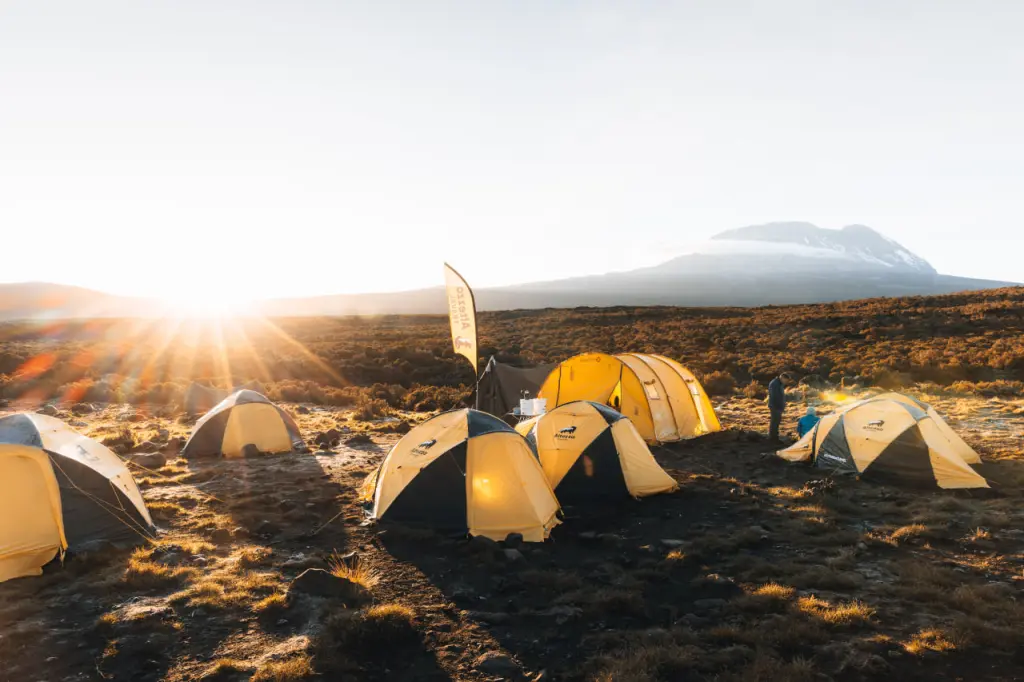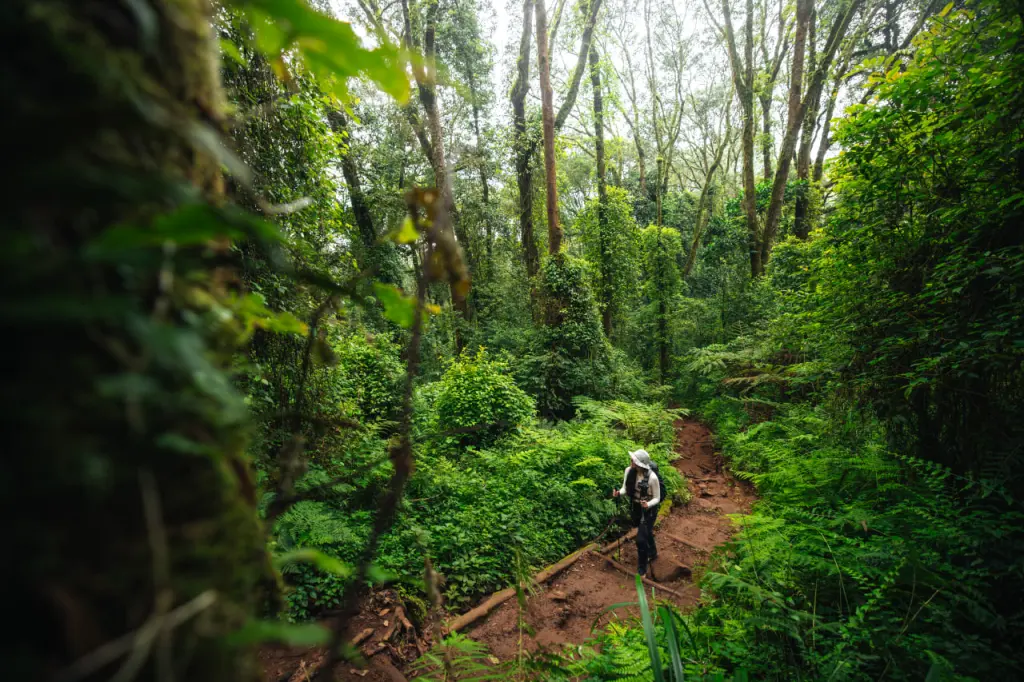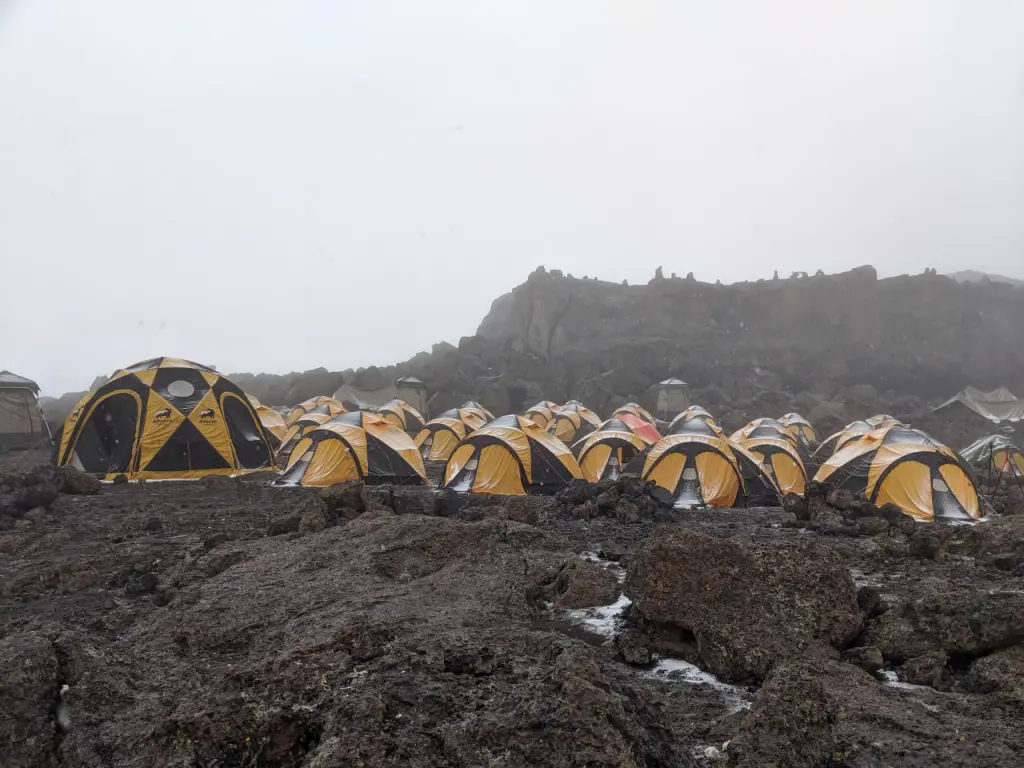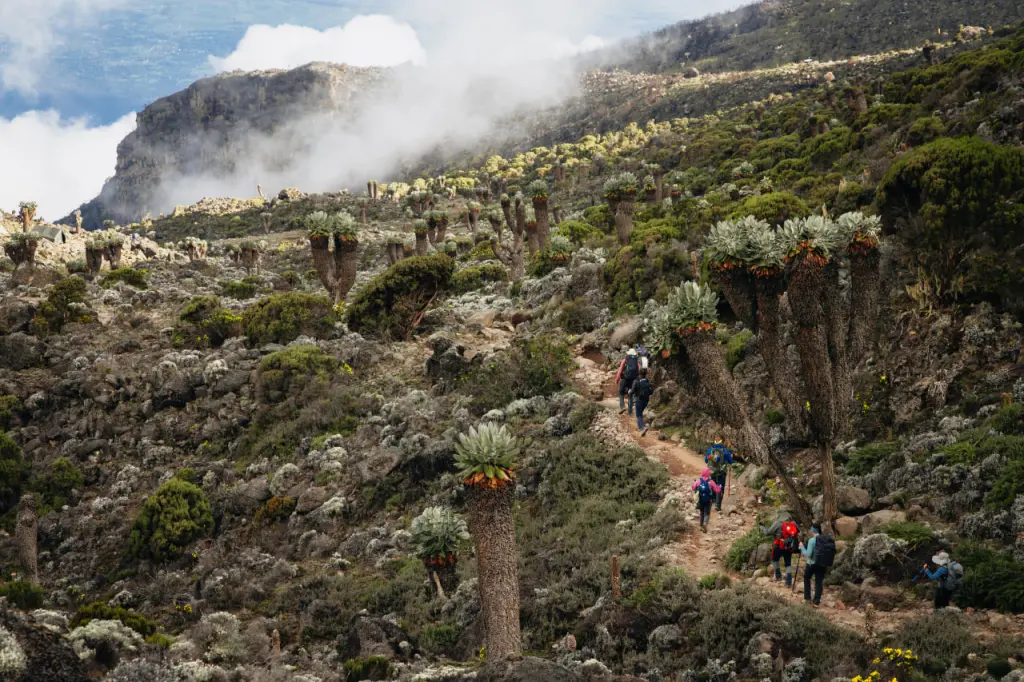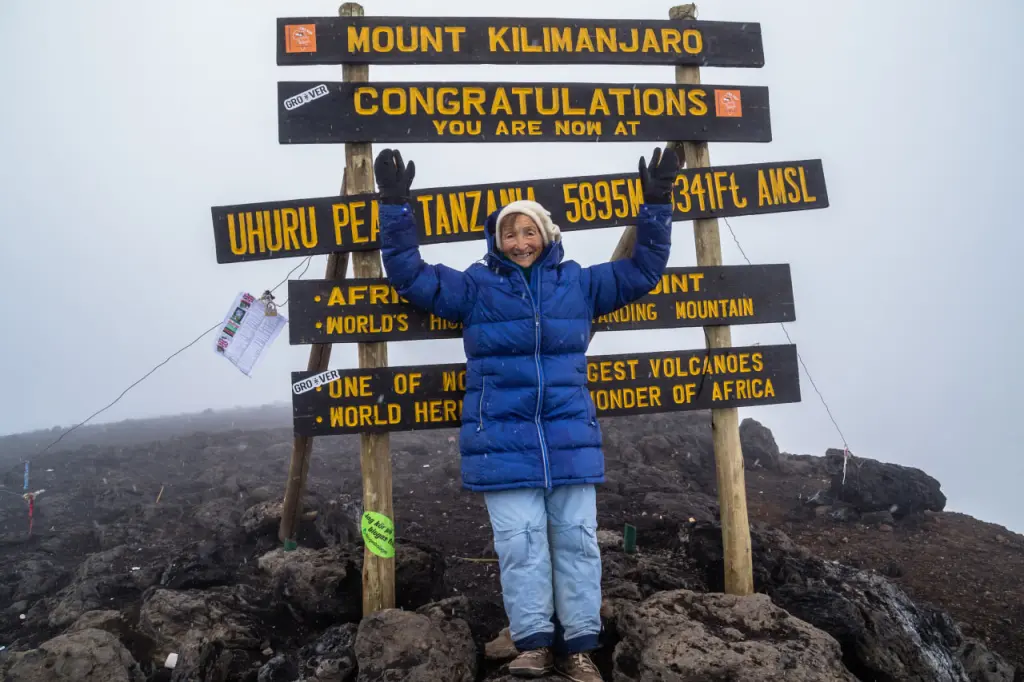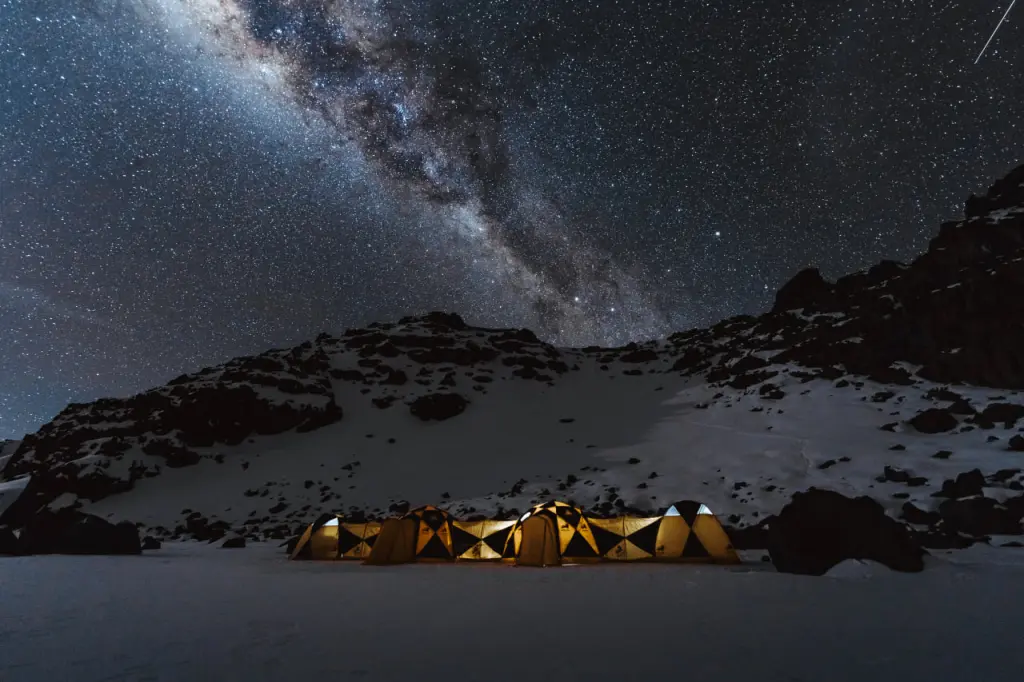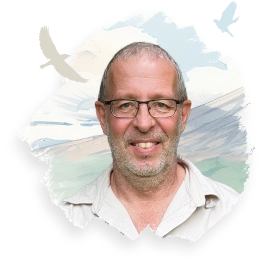Climbing Kilimanjaro can take five to nine days, depending on the route. If you opt for expeditions that include crater camping, the journey might extend to ten days. The most recommended routes for beginners span seven days. Shorter variations lasting 5 or 6 days are better suited for experienced hikers who have acclimatized beforehand.
Among the Seven Summits, the highest peaks on each of the seven continents, Kilimanjaro is one of the least time-consuming. For comparison, climbing Denali and Aconcagua requires at least 18 days. Expeditions to Everest can take about two months. In contrast, you can climb Mt Kilimanjaro in only about a week.
About 25% of beginner climbers fail to reach the summit of Kilimanjaro. This is often because they choose a shorter itinerary than they need to acclimatize well. Our company has been organizing Kilimanjaro expeditions since 2014 for both beginners and seasoned athletes, and we know the ideal duration of the trip for different climbers.
In this article, you will learn whether you should consider shorter five and six-day treks, or opt for longer trips.
How long does it take to climb Kilimanjaro with no experience?
When researching how long does it take to hike Kilimanjaro, beginners often come across the answer of 5 to 6 days. Many tour operators promote the Marangu 5-day and Machame 6-day treks as recommended options to climb Kilimanjaro. It is because these routes are the cheapest to organize, making them easier to sell.
However, these shorter options are challenging for average hikers. Both itineraries omit a crucial acclimatization day in the middle of the journey, which is essential for adjusting to high altitudes. As a result, these treks typically have the lowest summit success rates and can be risky for beginners due to insufficient acclimatization time. Risks include altitude sickness, bad equipment, meals, and lack of professional guidance - the list can go on. A combination of those factors causes several deaths on Kilimanjaro every year.
It can be tempting to choose a shorter itinerary on Kilimanjaro to save costs, but this approach often backfires. It significantly reduces the chances of successfully summiting and can lead to severe altitude sickness, especially if you opt for the super-budget operators. This may necessitate potential evacuation and medical treatment, which can be costly in the long run.
Expert Opinion
If you're new to high-altitude trekking, we strongly recommend booking only 7-8 day expeditions, even though they may be more expensive. This significantly increases your chances of reaching the summit successfully and reduces the risk of altitude sickness. Kilimanjaro is not a casual hike, so you should take preparation seriously, including the choice of itinerary." You can calculate your likelihood of a successful climb using our Success Rate Calculator below.


Calculate your success rate for reaching the
summit of Kilimanjaro
 Based on data from 20,000 hikers who climbed with Altezza Travel
Based on data from 20,000 hikers who climbed with Altezza TravelAre longer Kilimanjaro itineraries better?
Beginners should not consider short 5-6 day itineraries to climb Mount Kilimanjaro. Extensive statistics on Kilimanjaro expeditions show that climbers need more days to acclimate successfully. Typically, an average hiker without previous hiking experience in the mountains requires seven days for this trip.
Note: In this article, the numbers for the duration of the Kilimanjaro trek include two days for descent, not counted towards acclimatization. For example, in a seven-day trek, hikers summit on the night of the fifth day. Then, they spend the sixth day descending and exit the park on the seventh. So, only five days are spent on acclimatization.
The key factor determining how long does it take to climb Mount Kilimanjaro: Acclimatization
Uhuru Peak, the summit of Kilimanjaro, stands at 5,895 meters (19,340 ft). At this height, the atmospheric pressure is only approximately 40% of what it is at sea level. At the summit of Kilimanjaro, with the air being almost twice as thin, it can feel akin to breathing through a narrow straw. You might struggle to take in enough oxygen as if you're constantly short of breath.
Time is essential to ensure your body gently adjusts to the high altitude. For most hikers, a 7-8-day itinerary is ideal for climbing Kilimanjaro while avoiding altitude sickness.
For more information about altitude adaptation, check out our video below, and this article about acclimatization.
Who should choose a 5-6 day Kilimanjaro climb?
Shorter 5-6 day treks on Kilimanjaro can be appropriate for experienced trekkers who have been active in other high-altitude environments within six months before attempting to climb Kilimanjaro. Their recent experience in similar conditions means they are already acclimatized to high altitudes. For example, if you are planning a September Kilimanjaro trip and hiked any mountain above 5000 meters (~16,000 feet) in May, the acclimatization you gained would be enough for a six-day Kilimanjaro trip.
Shorter programs are more physically demanding. One will need to cover large distances each day. These condensed itineraries typically skip one of the camps along the trail, creating a more demanding schedule, especially for those of average fitness levels.
Is it possible to climb Kilimanjaro even faster?
It is possible to climb Kilimanjaro faster than 5 or 6 days. However, these cases are exceptional, and we don't recommend reducing the minimum itinerary length for safety reasons. A short itinerary can simply be dangerous to your health since there is not enough time for proper acclimatization to high altitude.
Another thing to consider is the well-being of your team. While some climbers may be well-acclimatized, many porters are not. At least 50% of Kilimanjaro porters only climb 3-6 times a year or even less, and after long rainy seasons with no expeditions, they may struggle with altitude while carrying 20 kg (44 pounds (lbs) of gear. Moving too fast can put them at serious risk. Sadly, around 20 porters die on Kilimanjaro each year*, mostly due to High Altitude Pulmonary Edema (HAPE) and pneumonia. Deciding to skip a day or two in the middle of your expedition or significantly increasing the pace can affect them. Some guides explain this to their guests, but not all. This is why it’s important to follow a regular itinerary rather than rushing the climb, as trying to go too fast can endanger both you and your team.
*We prioritize team safety and have had no such cases during our 10+ years of organizing Kilimanjaro treks.
Who should choose a 7-day climbing Kilimanjaro itinerary?
Most beginner trekkers should consider the longer trip options. When referring to "average" or "beginner" hikers, we're talking about travelers who occasionally hike in the countryside and can walk up to 10-15 kilometers (6-9 miles) a day but haven't experienced mountains as high as Kilimanjaro. For this category, seven-day itineraries to climb Kilimanjaro are the most suitable. These itineraries offer a balance of smooth acclimatization and a moderate physical challenge, with manageable distances between camps.
Kilimanjaro climb duration and success rate
Since 2014, Altezza Travel has gathered data from hundreds of our Kilimanjaro climb expeditions. One clear conclusion that has emerged from it is that seven-day hikes to Mount Kilimanjaro summit have a notably higher success rate than shorter itineraries. These longer treks consistently result in a more pleasant and enjoyable experience.
Who should consider 8-day or longer hikes?
Certain categories of climbers may need more than seven days for the trip. Those might include:
- Senior hikers, who may need more time for acclimatization
- Those who haven’t hiked before at all
- Travelers climbing Kilimanjaro with children aged 10-15
- Hikers who have been on high mountains before and discovered that they need more time for acclimatization than usual
One of the good examples here is Angela Vorobeva, who climbed Kilimanjaro with Altezza Travel aged 86. Her expedition took eight days to complete, as she understandably moved slower than the other hikers and needed more time for acclimatization.

How long does it take to climb Kilimanjaro with crater camping?
Every year, fewer than a hundred climbers choose the Kilimanjaro crater camping expedition. After summiting, they don't descend but camp in the crater at about 5,750 meters (18,865 feet).
Camping in the Kilimanjaro crater is a unique experience. However, these trips are also more expensive. The park authority charges special fees for camping there. Additionally, unlike standard trips where only guides and their assistants accompany climbers to the summit, crater trips involve the entire crew – porters, camp masters, and chefs. This team ascends to the summit area to carry supplies and water, pitch tents, prepare meals, and conduct medical check-ups, all under challenging conditions at 5,750 meters (18,865 feet).
Crater expeditions offer the rare opportunity to explore unique attractions such as the Reusch Crater, Ash Pit, and various like the famous Furtwangler Glacier.
Take a look at our FPV drone footage for a panoramic view of Kilimanjaro's summit zone, including the Northern Icefield
What's the shortest time you can climb Kilimanjaro?
The Kilimanjaro National Park Authority determines the minimum duration for climbing Mount Kilimanjaro. Currently, the shortest time to climb Kilimanjaro is five days for the Marangu and Rongai routes and six days for all other routes.
It doesn't imply that climbing Kilimanjaro in a shorter time is impossible, but rather that climbers must pay park fees for at least this minimum duration. These fees make up almost half of the total package cost. For example, on a six-day Marangu route, the park fees amount to $800 per person. Even if a climber with excellent fitness and acclimatization finishes the climb in fewer than six days, there is no reduction in these fees.
FAQs on how long to climb Kilimanjaro
Which route on Kilimanjaro is the shortest?
The shortest route on Kilimanjaro is Umbwe. It is only about 37 kilometers (23 miles) long. Umbwe parallels the Machame route but doesn’t take the hikers to Shira Camp on the Western slope for more acclimatization. Instead, the hikers climb through the southern slopes of Kilimanjaro only, directly to the summit camp. This route is available as a six-day climb and can be a good option for experienced hikers. Recently, we started offering a 7-day Umbwe itinerary with an extra night near the Barranco wall for easier acclimatization. Skyrunners often take Umbwe for the Kilimanjaro rapid ascents.
Which route on Kilimanjaro is the longest?
The Northern Circuit is Kilimanjaro's longest route among the seven routes to climb Kilimanjaro. It spans 90 kilometers (59 miles). It starts on the Western slope, circles the main volcano - Kibo from the north and east, climbs to Uhuru Peak, and then descends on the southern side. Typically, it takes eight days to complete the Northern Circuit. It's the best Kilimanjaro route if you seek a unique opportunity to experience the mountain from all sides. For those opting for an extended crater camping expedition, the journey extends to 10 days.
Can I get acclimatization in Tanzania to climb Kilimanjaro in 5-6 days?
Climbing Mount Meru is an excellent preparation trek for your Mount Kilimanjaro adventure. We recommend the 4-day itinerary for climbing Mount Meru. The acclimatization gained from scaling this volcano can make shorter five and six-day programs on Kilimanjaro possible. Additionally, it's a stunning hike on its own. We advise scheduling 1-2 rest days between the two climbs. This rest period is essential for physical recovery. Climbing two peaks in quick succession can be physically demanding.
Is it possible to climb Mount Kilimanjaro in one day?
Skyrunning on Kilimanjaro, where athletes scale the mountain in 24 hours or less, is a highly specialized and physically demanding endeavor. At Altezza Travel, we organize 3-4 skyrunning expeditions each year. Skyrunners often train for years, achieving a level of fitness and endurance that enables them to complete such a rapid ascent. Considering that an average trek on Kilimanjaro covers about 40 (25 miles) kilometers, this is an immense physical challenge, not to mention the significant acclimatization concerns involved. In addition, organizing a skyrunning expedition is often more costly due to the additional crew members and specialized support required for such an undertaking.













